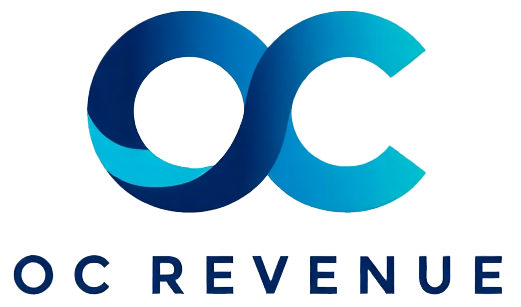Revenue Forecasting provides visibility into future sales performance by predicting revenue outcomes using historical data and current pipeline insights
From Guesswork to Growth: How Revenue Forecasting Powers Strategic Agility
Revenue Forecasting is a critical process that enables sales and finance teams to anticipate future revenue based on a combination of historical trends, current pipeline metrics, and market signals. A reliable forecast helps organizations set realistic targets, allocate resources efficiently, and proactively adjust strategies when performance drifts from plan.
With the right tools and methodology, forecasting can evolve from a manual, error-prone task into a predictive, real-time engine for strategic planning. Modern platforms use AI and scenario modeling to analyze deal risk, sales cycle trends, and seasonality—giving business leaders a forward-looking view that supports agile decision-making and long-term growth.
Accurate revenue forecasting empowers organizations to align strategy, resources, and expectations—turning sales data into a forward-looking advantage
Revenue Forecasting is essential for any business striving for predictability and operational control. It transforms raw pipeline data and historical sales trends into clear projections that inform planning, budgeting, and goal-setting. Inaccurate forecasts can lead to resource misalignment, missed targets, and lost investor confidence—making accuracy a high-stakes endeavor.
The forecasting process typically blends historical performance data, active pipeline analysis, and sales rep input. This combination creates a comprehensive picture of what’s likely to close and when, enabling teams to set informed revenue targets. More advanced organizations supplement this with AI-driven insights that score deal risk, flag anomalies, and run “what-if” scenarios to anticipate external impacts.
Beyond sales, Revenue Forecasting has implications across the business. It affects hiring plans, marketing budgets, cash flow management, and inventory decisions. A confident forecast allows teams to align their efforts around a shared outlook, reducing internal friction and strengthening accountability. It also facilitates transparent communication with executive leadership and stakeholders.
As forecasting tools become more sophisticated, the discipline itself becomes more dynamic. Real-time updates, customizable views, and integration with CRM systems allow for continuous refinement and responsiveness to changing conditions. In an unpredictable market, Revenue Forecasting becomes not just a planning tool—but a strategic advantage that turns uncertainty into opportunity.

















